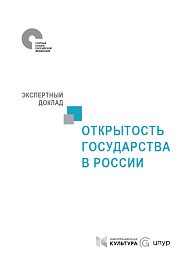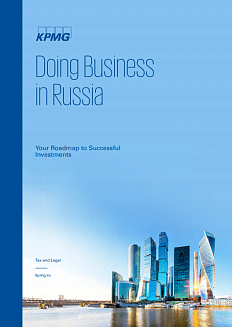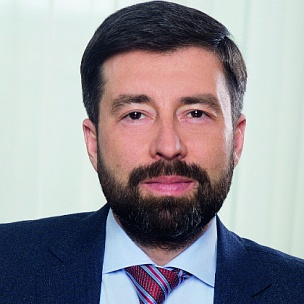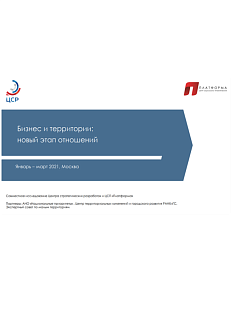In this study, the authors pursue the broadest approach to government transparency treating it as a complex of three main components: openness of information, data, and dialog. The authors intend to publish further reports on an annual basis. The findings and the recommendations are meant to be used for the common good of the state and the public.
Russia has come a long way towards establishing government transparency, first and foremost in the sphere of creating the required regulatory framework. However, legal enforcement is largely formal, and the quality of the processes that should ensure transparency stays low. As for the open dialog component, its level of development remains unsatisfactory despite some positive results achieved a decade ago. This is largely due to a lack of clearly formulated goals and proper management.
In the authors opinion, to increase government transparency, Russia needs to create a single agency that would supervise transparency and coordinate the efforts in this area, including collaboration with the expert community, formulating a single set of rules for state and municipal administration, and monitoring the compliance with these rules. The authors emphasize that its important to bear in mind the experience with the Open Government project which has failed to become such an agency due to structural issues, low institutionalization, and a lack of any significant powers.
The transparency ratings offered in the report constitute the first attempt to make an all-round assessment of the situation with government transparency, both overall and in individual aspects. The authors have rated 22 federal ministries and 50 federal agencies. Within the scope of the rating methodology applied, ministries demonstrate the highest results in openness of information and data. Thirteen ministries (over a half) received A grades for open information and data. As for open dialog, around half of the ministries (54%) received Bs, while seven ministries (32%) had As and three (14%) had Cs.
.png)
The value of the study lies not so much in the rating process itself as in the recommendations to individual agencies on how to improve transparency. In future, besides the overall transparency rating of government authorities, the authors are planning to compile ratings on a sectoral or thematic basis to help assess transparency in specific economic or social spheres.






